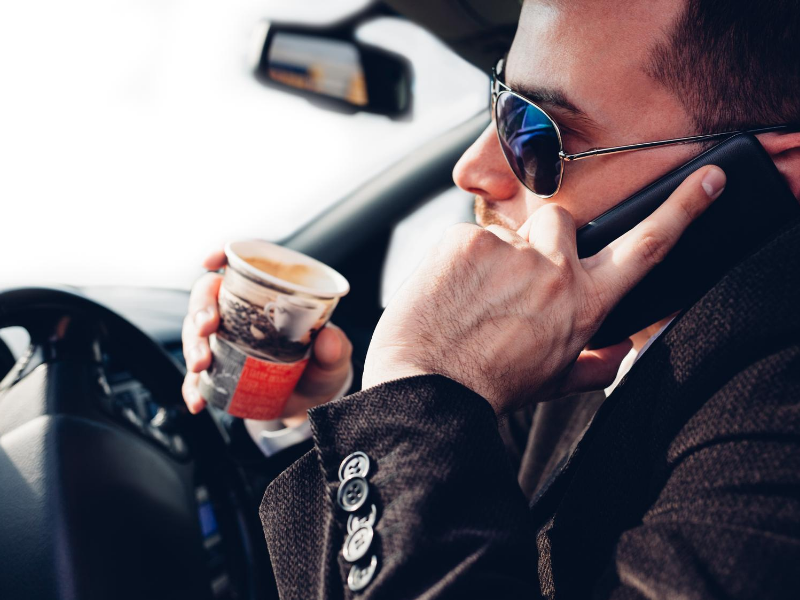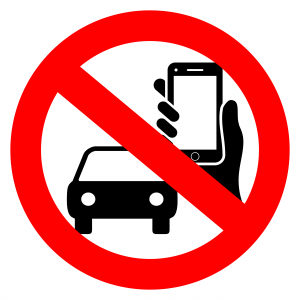20th August 2020
How to manage distractions while driving

With an increasing number of drivers returning to our roads, our attention has already been drawn to the increased risk of driver distraction due to the use of mobile phones in vehicles.
But research reveals there is an increasing danger of other forms of driver multi-tasking which are also contributing to road accidents.

Although distracted driving might not seem as dangerous as falling asleep at the wheel or drink driving, it is one of the major killers on our roads and just a moment’s glance away from the road ahead can be catastrophic.
Whilst there are many external factors which can distract us when driving, below are the main distractions within the vehicle which drivers can manage:
- Using a mobile phone or smartphone. This includes texting, calling, browsing the Internet or accessing social media.
- Drinking or eating.
- Turning to other passengers.
- Applying makeup or brushing your hair.
- Using a sat nav.
- Changing the radio station or using a CD player.

In order to ensure that you are not a hazard on the road, take a look at the following tips to help reduce the risk of distracted driving.
Prepare yourself and your car before starting your journey
- Clear out any clutter in your vehicle – cans and soft drink bottles rolling around under your seat are clearly a distraction and could even roll under the pedals and stop you from being able to use them properly.
- If you need to use your sat nav, make sure that you’ve already programmed the correct postcode and address before setting off.
- Pre-set the radio to your favourite stations, and if you want to listen to playlists, make sure they’re set up on your device before you leave.
- Send any texts or make any necessary calls, then place your phone in the glove box where it won’t disturb you whilst driving.

Staying clear-headed and focused
- It’s not easy to put all of your worries and thoughts to one side, but you need to be as calm and focused as possible.
- If you have something on your mind, try to deal with it – as much as possible – before getting behind the wheel.
- Try not to drive if you’re feeling overwhelmed, stressed, or you think you won’t be able to give driving your full attention.
- If you need to make a call or send a text, wait until you’ve pulled over safely to use your phone.
- Even if you’re feeling stressed, resist the urge to smoke, vape or eat while you’re driving.
Staying focused while you have passengers in the car
- Make sure children are securely strapped into appropriate car seats and booster seats.
- If you’re driving with one young child, it can be less distracting for the child to ride in the front seat (in a suitable restraint) because casual eye contact is easier.
- If there are two adults in the car, one can look after any children while the other concentrates on driving.
- Ask passengers to keep the music at a level where you can hear the sat nav and other drivers around you.
- If you’re finding the drive difficult, ask your passengers to keep conversations to a minimum.
- Keep political discussions and any other heated topics strictly off-limits.
As many as 72% of drivers have admitted to multitasking whilst driving and as such are putting themselves and their passengers at risk.
Being distracted whilst driving, not only makes it dangerous for you and your passengers and other road users, but it could also result in a fine or getting points on your licence!
Remember: when you’re behind the wheel, the road should have your full attention.